09-17-2025

Objectifs d'apprentissage
- Estimate how embodied and operational carbon contribute differently to a “Zero Carbon” project using whole life carbon analysis
- Compare how a “zero carbon” building must account for the carbon emissions of the energy a building uses 24/7/365, in contrast to a “net zero energy” building.
- Describe how addressing “whole life carbon” emissions requires understanding the full picture of operational, embodied, refrigerant, and site-related emissions up front when the most impactful decisions are made by building owners and designers.
- Recognize how fundamental energy efficiency retrofits are the key precursor to any net zero or grid optimal building approach within existing buildings.
- Translate high-carbon periods in the electrical grid to specific periods in the building energy model when energy demand is to be reduced.
Comments
Great discussion!
CynthyImpressive results for buildings used in case studies!
MarilynDesigning for Zero Carbon: A Case Study of Sonoma Clean Power’s Grid Optimal Headquarters
$40
Sonoma Clean Power (SCP) is a not-for-profit public electricity provider that provides customers in California's Sonoma and Mendocino counties with clean energy from renewable resources. To reflect its commitment to fight climate change, SCP tapped San Francisco–based architecture firm EHDD to fully renovate a 1979 commercial office building in downtown Santa Rosa as a headquarters and a showcase for zero-carbon design, technologies, and operation. The project is also the initial pilot project for the Grid Optimal Initiative—a joint program of the New Buildings Institute and USGBC devoted to lowest-cost decarbonization of the electricity grid.
EHDD principal-in-charge Brad Jacobson will talk through the implications of designing and operating for zero carbon instead of zero energy, including examples of microgrid implementation at SCP as well as on the YouTube Campus Expansion project. He will also share how C.Scale, a carbon strategy and assessment platform originally developed at EHDD, supported a “whole life carbon” approach for SCP and the AIA National Headquarters Renewal to optimize operational and embodied carbon strategies from the earliest stages of project development.
Crédits: 1 AIA HSW + 1 GBCI (USGBC/CAGBC) + 1 AIBD Elective + 1 Net Zero (ZNCD) + 1 Sustainable Design + 1 AIBC Core LU + 1 AAA Structured LU + 1 OAA, OAQ, SAA, MAA, AAPEI, NWTAA + 1 Climate Action (OAA)
Durée: 1 hour
Vous devez être connectez pour prendre ce cours. Veuillez vous connecter ou créer un compte.
Connection OU Création de comte ShareCommandité par


Designing for Zero Carbon: A Case Study of Sonoma Clean Power’s Grid Optimal Headquarters
$40
Sonoma Clean Power (SCP) is a not-for-profit public electricity provider that provides customers in California's Sonoma and Mendocino counties with clean energy from renewable resources. To reflect its commitment to fight climate change, SCP tapped San Francisco–based architecture firm EHDD to fully renovate a 1979 commercial office building in downtown Santa Rosa as a headquarters and a showcase for zero-carbon design, technologies, and operation. The project is also the initial pilot project for the Grid Optimal Initiative—a joint program of the New Buildings Institute and USGBC devoted to lowest-cost decarbonization of the electricity grid.
EHDD principal-in-charge Brad Jacobson will talk through the implications of designing and operating for zero carbon instead of zero energy, including examples of microgrid implementation at SCP as well as on the YouTube Campus Expansion project. He will also share how C.Scale, a carbon strategy and assessment platform originally developed at EHDD, supported a “whole life carbon” approach for SCP and the AIA National Headquarters Renewal to optimize operational and embodied carbon strategies from the earliest stages of project development.
Crédits: 1 AIA HSW + 1 GBCI (USGBC/CAGBC) + 1 AIBD Elective + 1 Net Zero (ZNCD) + 1 Sustainable Design + 1 AIBC Core LU + 1 AAA Structured LU + 1 OAA, OAQ, SAA, MAA, AAPEI, NWTAA + 1 Climate Action (OAA)
Durée: 1 hour
Vous devez être connectez pour prendre ce cours. Veuillez vous connecter ou créer un compte.
Connection OU Création de comteCommandité par

Objectifs d'apprentissage
- Estimate how embodied and operational carbon contribute differently to a “Zero Carbon” project using whole life carbon analysis
- Compare how a “zero carbon” building must account for the carbon emissions of the energy a building uses 24/7/365, in contrast to a “net zero energy” building.
- Describe how addressing “whole life carbon” emissions requires understanding the full picture of operational, embodied, refrigerant, and site-related emissions up front when the most impactful decisions are made by building owners and designers.
- Recognize how fundamental energy efficiency retrofits are the key precursor to any net zero or grid optimal building approach within existing buildings.
- Translate high-carbon periods in the electrical grid to specific periods in the building energy model when energy demand is to be reduced.
Comments
Great discussion!
CynthyImpressive results for buildings used in case studies!
Marilyn
Featured
On-Demand Course
Télécharger notre App


Événements à venir
-

-

-
 Hospitality Building Solutions - Central
Hospitality Building Solutions - Central11-18-2025
-

